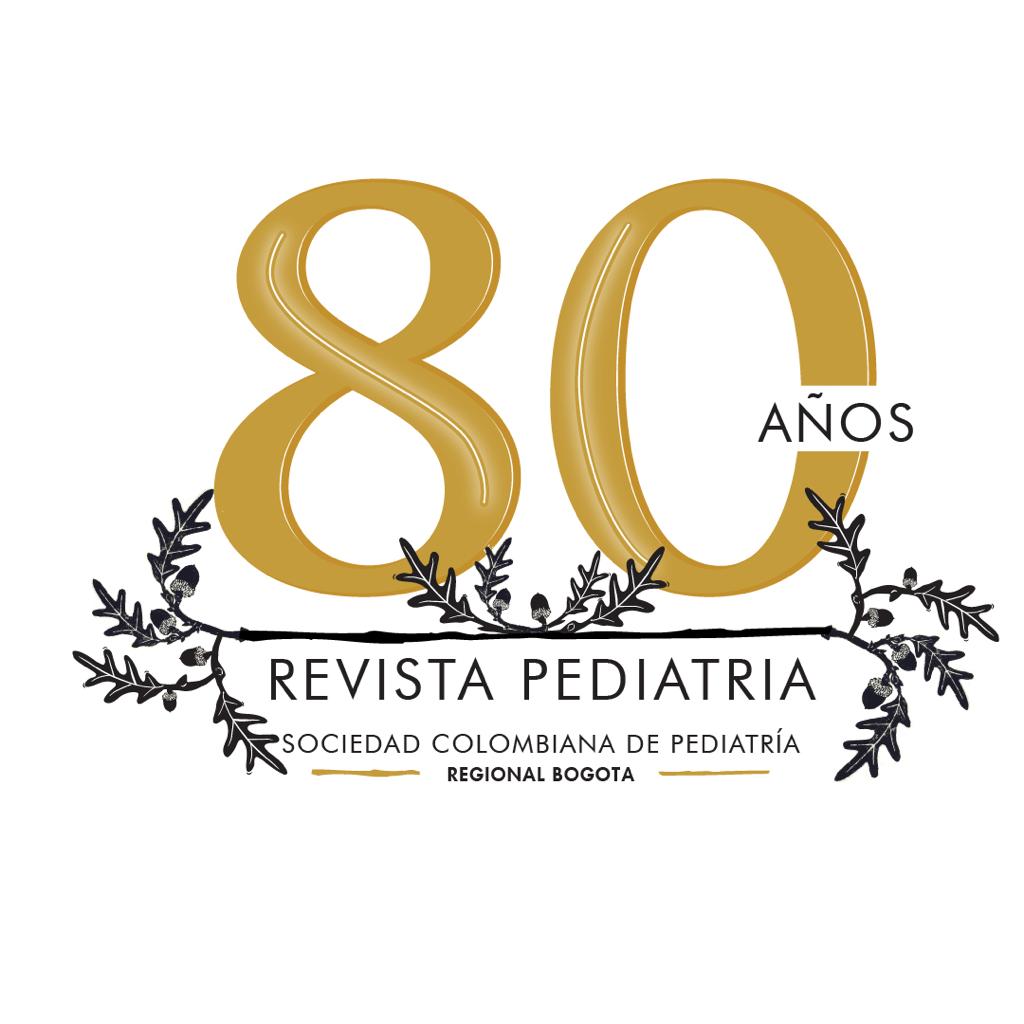Early INSURE Therapy Reduces CPAP Failure in Late Preterm Newborns with Respiratory Distress Syndrome Early INSURE Reduces CPAP Failure in Late Preterm Newborns
Main Article Content
Abstract
Background: INSURE (Intubation, Surfactant administration, and Extubation) therapy is controversial in managing respiratory distress syndrome (RDS) in late preterm newborns. This study aims to determine whether the use of the INSURE in late preterm infants with RDS is associated with improved outcomes compared to similar infants managed with CPAP alone. Methods: A retrospective cohort study compared two different neonatal care units with two different treatments of RDS in late preterm infants in Bucaramanga, Colombia. One cohort used selective bubble CPAP and rescue surfactant, the second cohort used selective bubble CPAP and INSURE within the first hour of life. We included all the newborns with gestational age between 33 - 366/7 weeks, born between 2012 to 2017, that developed early RDS and were treated with CPAP. Results: We recruited 208 patients (57 CPAP and rescue surfactant and 151 CPAP + INSURE). Early INSURE was reported in 117 patients (56.3 %). INSURE therapy was associated with a reduced risk of CPAP failure (RR = 0.50; 95 % CI 0.26 - 0.98); this effect was evident only when surfactant was administered within the first two hours of life (RR = 0.29; 95 % CI 0.12 - 0.69). Early INSURE was associated with a decreased risk of pneumothorax (RR = 0.07; 95 % CI 0.01 - 0.77) and pulmonary hypertension (RR = 0.34; 95 % CI 0.14 - 0.78). Conclusions: Early INSURE therapy was associated with a reduced incidence of CPAP failure, pneumothorax, and pulmonary hypertension in late preterm infants with moderate to severe RDS. Large, well-powered randomized controlled trials are needed to confirm these observations, but its use is supported by studies with similar results in more premature infants.
Downloads
Article Details

This work is licensed under a Creative Commons Attribution-NonCommercial-NoDerivatives 4.0 International License.
Creative Commons
License Attribution-NonCommercial-ShareAlike 4.0 International (CC BY-NC-SA 4.0)
You are free to:
Share - copy and redistribute the material in any medium or format.
Adapt - remix, transform, and build upon the material The licensor cannot revoke these freedoms as long as you follow the license terms.
• Attribution — You must give appropriate credit, provide a link to the license, and indicate if changes were made. You may do so in any reasonable manner, but not in any way that suggests the licensor endorses you or your use.
• NonCommercial — You may not use the material for commercial purposes.
• ShareAlike — If you remix, transform, or build upon the material, you must distribute your contributions under the same license as the original.
• No additional restrictions — You may not apply legal terms or technological measures that legally restrict others from doing anything the license permits.
References
Rubens CE, Sadovsky Y, Muglia L, Gravett MG, Lackritz E, Gravett C. Prevention of preterm birth: harnessing science to address the global epidemic. Sci Transl Med. 2014;6(262):262sr5
Tielsch JM. Global Incidence of Preterm Birth. Nestle Nutr Inst Workshop Ser. 2015;81:9-15.
Sankar MJ, Gupta N, Jain K, Agarwal R, Paul VK. Efficacy and safety of surfactant replacement therapy for preterm neonates with respiratory distress syndrome in low- and middle-income countries: a systematic review. J Perinatol. 2016;36 Suppl 1:S36-48.
Hellmeyer L, Herz K, Liedtke B, Wohlmuth P, Schmidt S, Hackeloeer BJ. The underestimation of immaturity in late preterm infants. Arch Gynecol Obstet. 2012;286(3):619-26.
Mahoney AD, Jain L. Respiratory disorders in moderately preterm, late preterm, and early term infants. Clin Perinatol. 2013;40(4):665-78.
Consortium on Safe Labor, Hibbard JU, Wilkins I, Sun L, Gregory K, Haberman S, Hoffman M, et al. Respiratory morbidity in late preterm births. JAMA 2010;304:419-25.
Natile M, Ventura ML, Colombo M, Bernasconi D, Locatelli A, Plevani C, Valsecchi MG, et al. Short-term respiratory outcomes in late preterm infants. Ital J Pediatr 2014;40:52.
Sürmeli-Onay O, Korkmaz A, Yiğit S, Yurdakök M. Surfactant therapy in late preterm infants: respiratory distress syndrome and beyond. Turk J Pediatr 2012;54:239-46.
Chioukh FZ, Skalli MI, Laajili H, Ben Hmida H, Ben Ameur K, Bizid M, et al. [Respiratory disorders among late-preterm infants in a neonatal intensive care unit]. Arch Pediatr. 2014;21(2):157-61.
Raju TN, Vidyasagar D, Bhat R, Sobel D, McCulloch KM, Anderson M, et al. Double-blind controlled trial of single-dose treatment with bovine surfactant in severe hyaline membrane disease. Lancet. 1987;1(8534):651-6.
Gortner L, Bernsau U, Hellwege HH, Hieronimi G, Jorch G, Reiter HL. A multicenter randomized controlled clinical trial of bovine surfactant for prevention of respiratory distress syndrome. Lung. 1990;168 Suppl:864-9.
Halliday HL, McClure G, Reid MM, Lappin TR, Meban C, Thomas PS. Controlled trial of artificial surfactant to prevent respiratory distress syndrome. Lancet. 1984;1(8375):476-8.
Rojas MA, Lozano JM, Rojas MX, Laughon M, Bose CL, Rondon MA, et al. Very early surfactant without mandatory ventilation in premature infants treated with early continuous positive airway pressure: a randomized, controlled trial. Pediatrics. 2009;123(1):137-42.
Confounding in health research. Greenland S, Morgenstern H. Annu Rev Public Health. 2001;22:189-212.
Verder H, Albertsen P, Ebbesen F, Greisen G, Robertson B, Bertelsen A, et al. Nasal continuous positive airway pressure and early surfactant therapy for respiratory distress syndrome in newborns of less than 30 weeks' gestation. Pediatrics. 1999;103(2):E24.
Bahadue FL, Soll R. Early versus delayed selective surfactant treatment for neonatal respiratory distress syndrome. Cochrane Database Syst Rev. 2012;11:CD001456.
Dani C, Mosca F, Vento G, Tagliabue P, Picone S, Lista G, et al. Effects of surfactant treatment in late preterm infants with respiratory distress syndrome. J Matern Fetal Neonatal Med. 2018;31(10):1259-1266.
Olivier F, Nadeau S, Bélanger S, Julien AS, Massé E, Ali N, et al. Efficacy of minimally invasive surfactant therapy in moderate and late preterm infants: A multicentre randomized control trial. Paediatr Child Health. 2017;22(3):120-124.
Pérez LA, González DM, Álvarez KM, Díaz-Martínez LA. [Nasal CPAP versus mechanical ventilation in 28 to 32-week preterm infants with early surfactant administration]. Biomedica. 2014;34(4):612-23.





